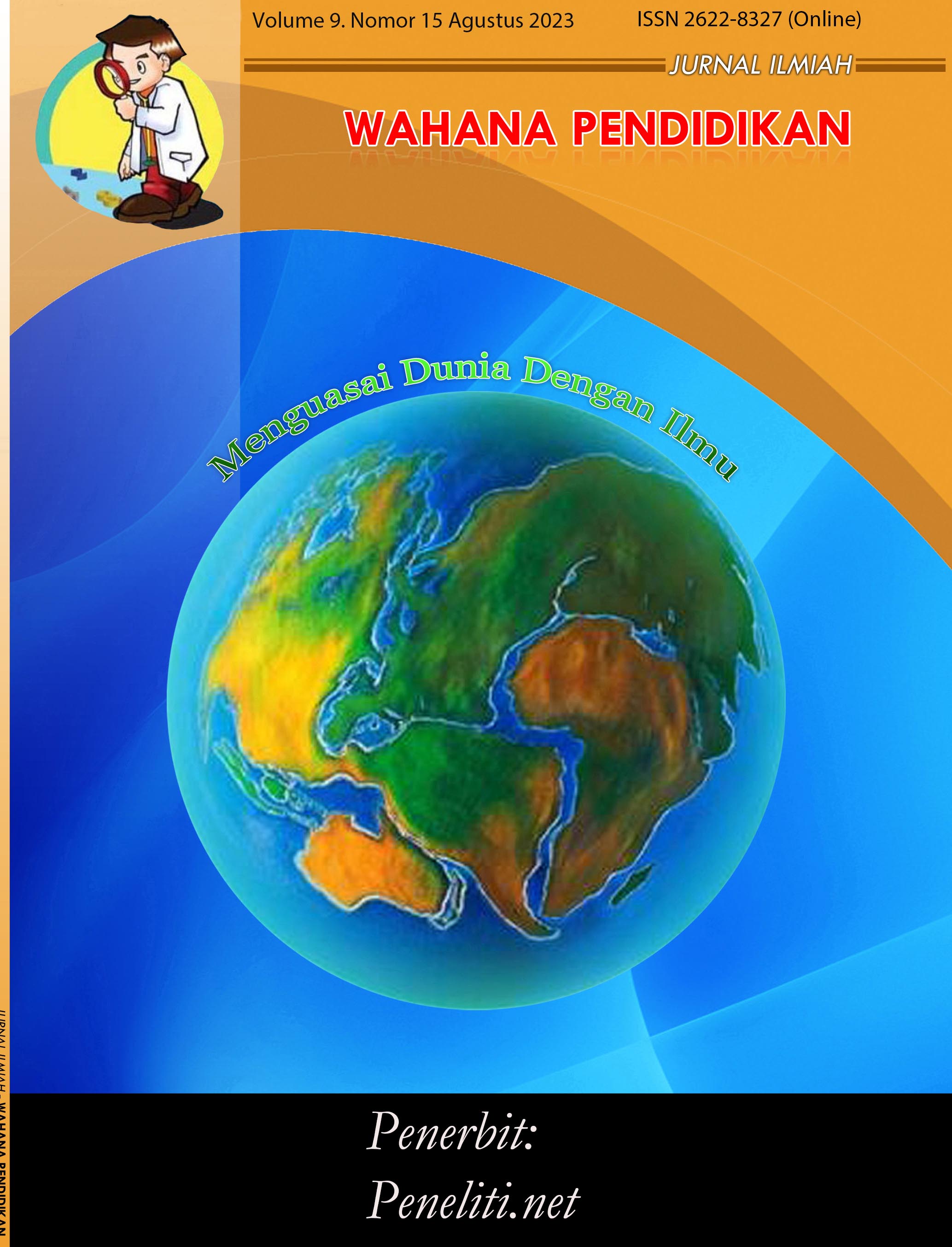Peran Mahasiswa KKN dalam bidang Pendidikan berbasis Teknologi (Sebuah Studi Kasus terhadap Warga Masyarakat Desa Sumberjaya, Kecamatan Tempuran, Kabupaten Karawang)
Abstract
Digital literacy is the ability to obtain, understand and use information from various sources in digital form (Gilster, 1997). This article examines various processes of training activities in order to implement the use of android applications for teaching and learning activities. This article uses descriptive analysis method, descriptive analysis is a type of research that has the aim of describing the character of a variable, group or social phenomenon that occurs in society, without making comparisons, or connecting with other variables (Sugiyono, 2010). The sampling method uses interviews and an in-depth approach. The results of this training show that the digital literacy process among elementary school’s teachers in Sumberjaya village is quite sufficient in digital literacy competence.
References
Bocconi, S., Kampylis, P., & Punie, Y. (2016). The future of education and skills: Education 2030. EUR 27946 EN. Luxembourg: Publications Office of the European Union. (https://publications.jrc.ec.europa.eu/repository/handle/JRC101473)
Darling-Hammond, L., & Ifill-Lynch, O. (Eds.). (2020). The International Handbook of Technology in Education. Springer International Publishing. (https://www.springer.com/gp/book/9783030325076)
Gee, J. P. (2013). The Anti-Education Era: Creating Smarter Students through Digital Learning. St. Martin's Press. (https://us.macmillan.com/books/9781137008711)
Johnson, L., Adams Becker, S., Estrada, V., & Freeman, A. (2014). NMC Horizon Report: 2014 K-12 Edition. The New Media Consortium. (https://www.nmc.org/publication/nmc-horizon-report-2014-k-12-edition/)
Puentedura, R. R. (2014). SAMR: Explained and exemplified. In Handbook of Research on Educational Communications and Technology (pp. 829-840). Springer New York. (https://link.springer.com/chapter/10.1007/978-1-4614-3185-5_68)
Schrum, L., & Levin, B. B. (Eds.). (2018). Leading 21st Century Schools: Harnessing Technology for Engagement and Achievement. Corwin Press. (https://us.corwin.com/en-us/nam/leading-21st-century-schools/book263335)
Siemens, G., & Long, P. (2011). Penetrating the fog: Analytics in learning and education. EDUCAUSE Review, 46(5), 30-32. (https://er.educause.edu/articles/2011/10/penetrating-the-fog-analytics-in-learning-and-education)
Warschauer, M., & Matuchniak, T. (2010). New technology and digital worlds: Analyzing evidence of equity in access, use, and outcomes. Review of Research in Education, 34(1), 179-225. (https://journals.sagepub.com/doi/10.3102/0091732X09349791)
Zhao, Y. (2012). World Class Learners: Educating Creative and Entrepreneurial Students. Corwin Press. (https://us.corwin.com/en-us/nam/world-class-learners/book237275)
UNESCO. (2017). Education for Sustainable Development Goals: Learning Objectives. Paris: United Nations Educational, Scientific and Cultural Organization. (https://unesdoc.unesco.org/ark:/48223/pf0000247444)




